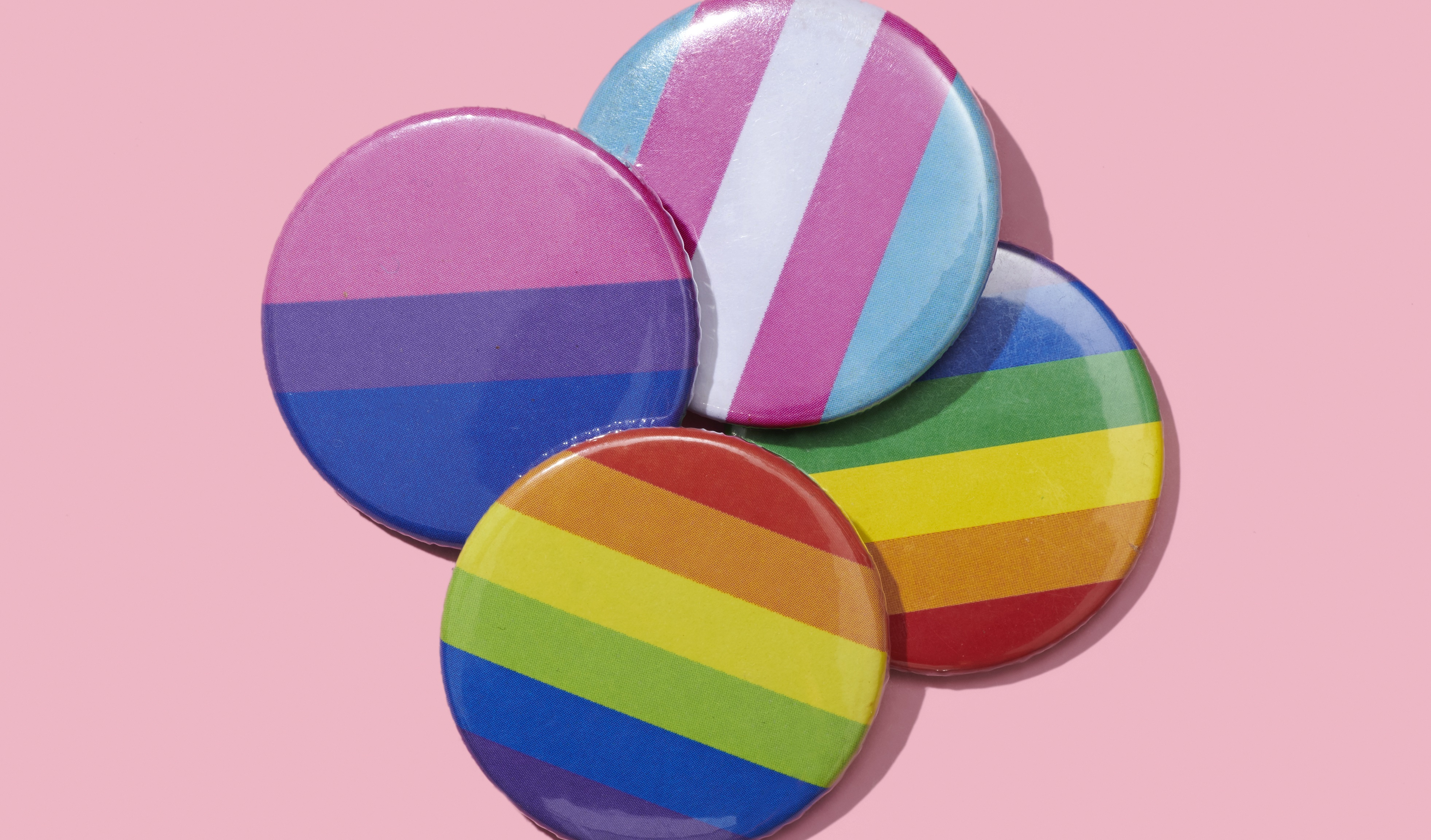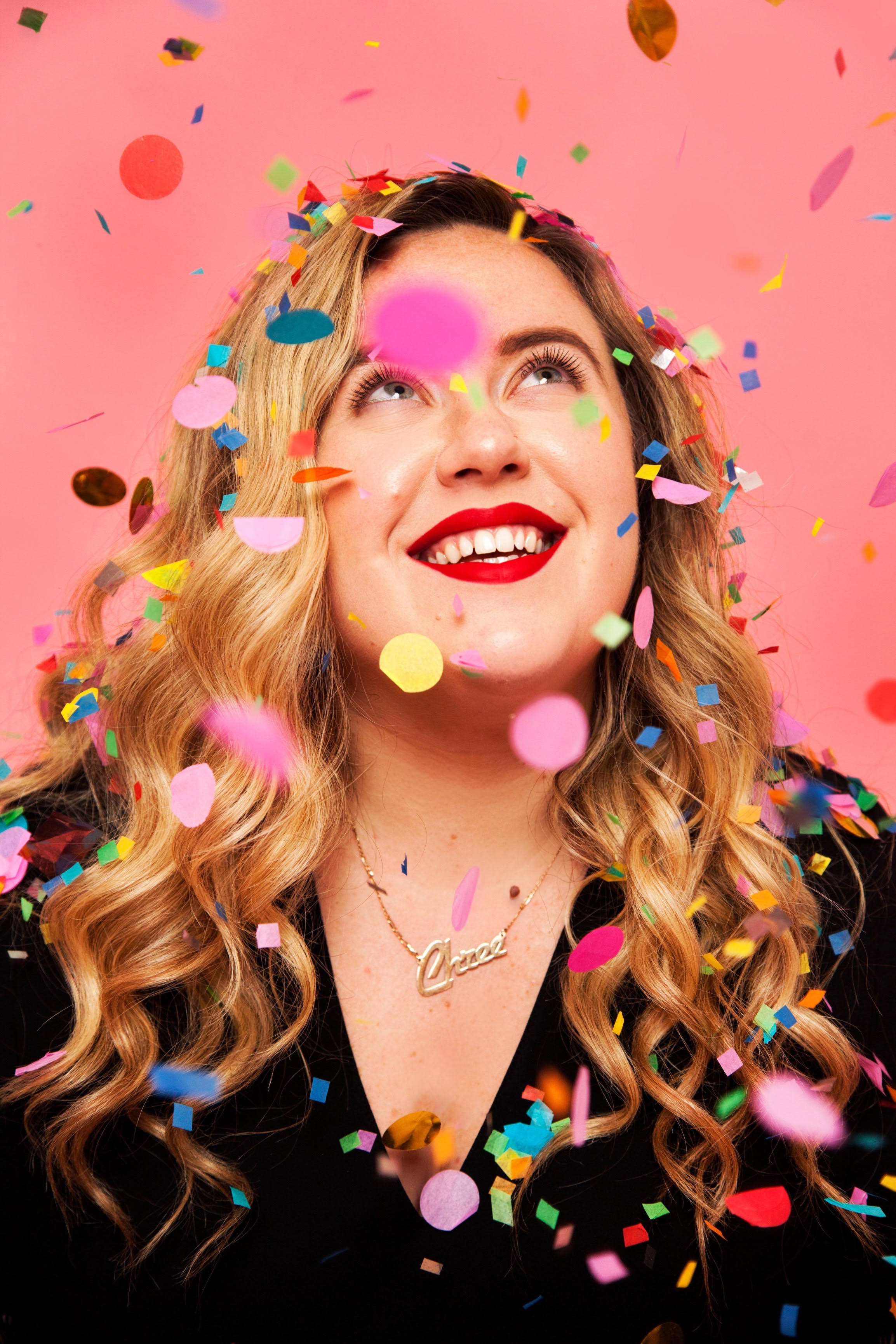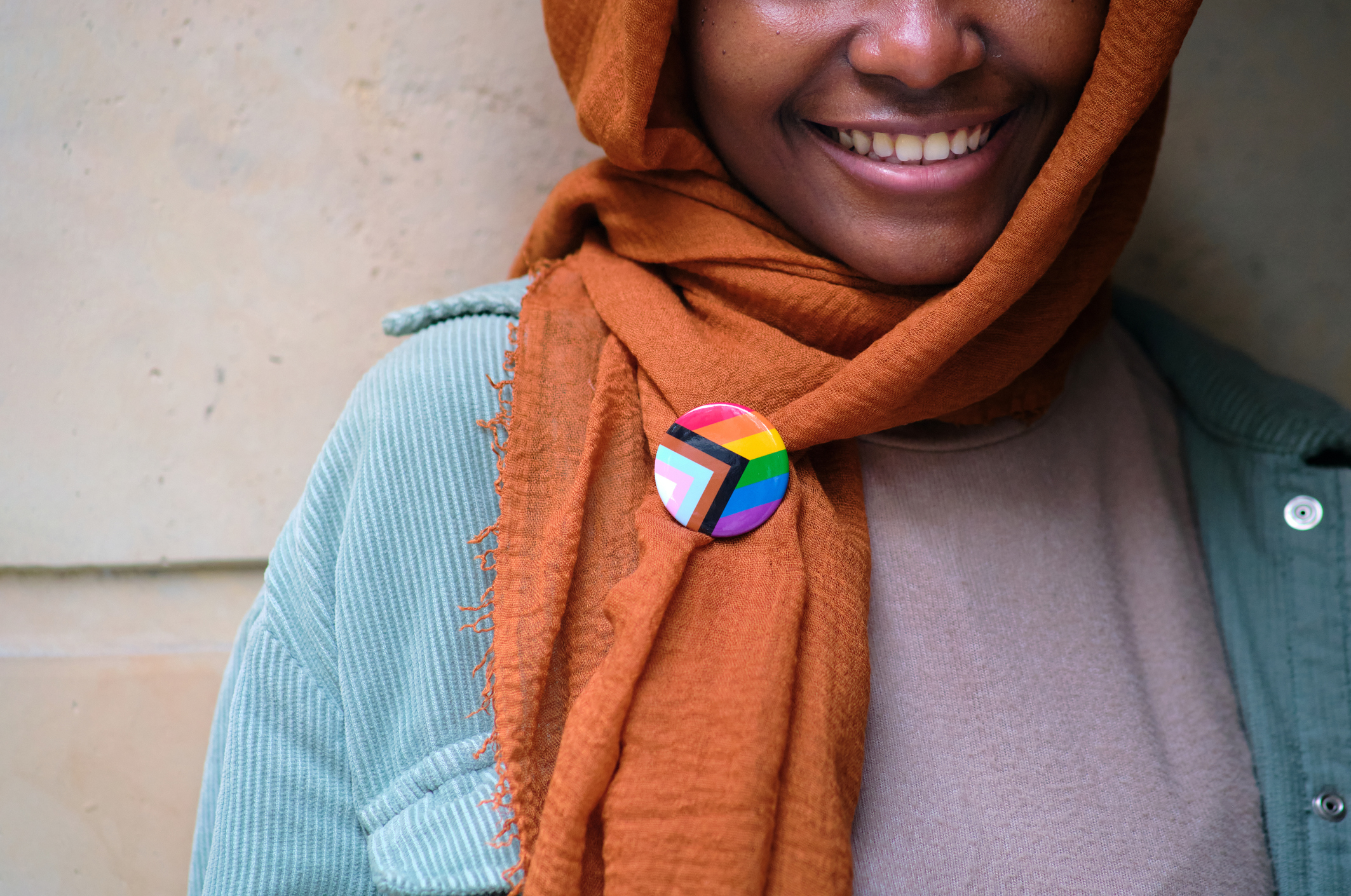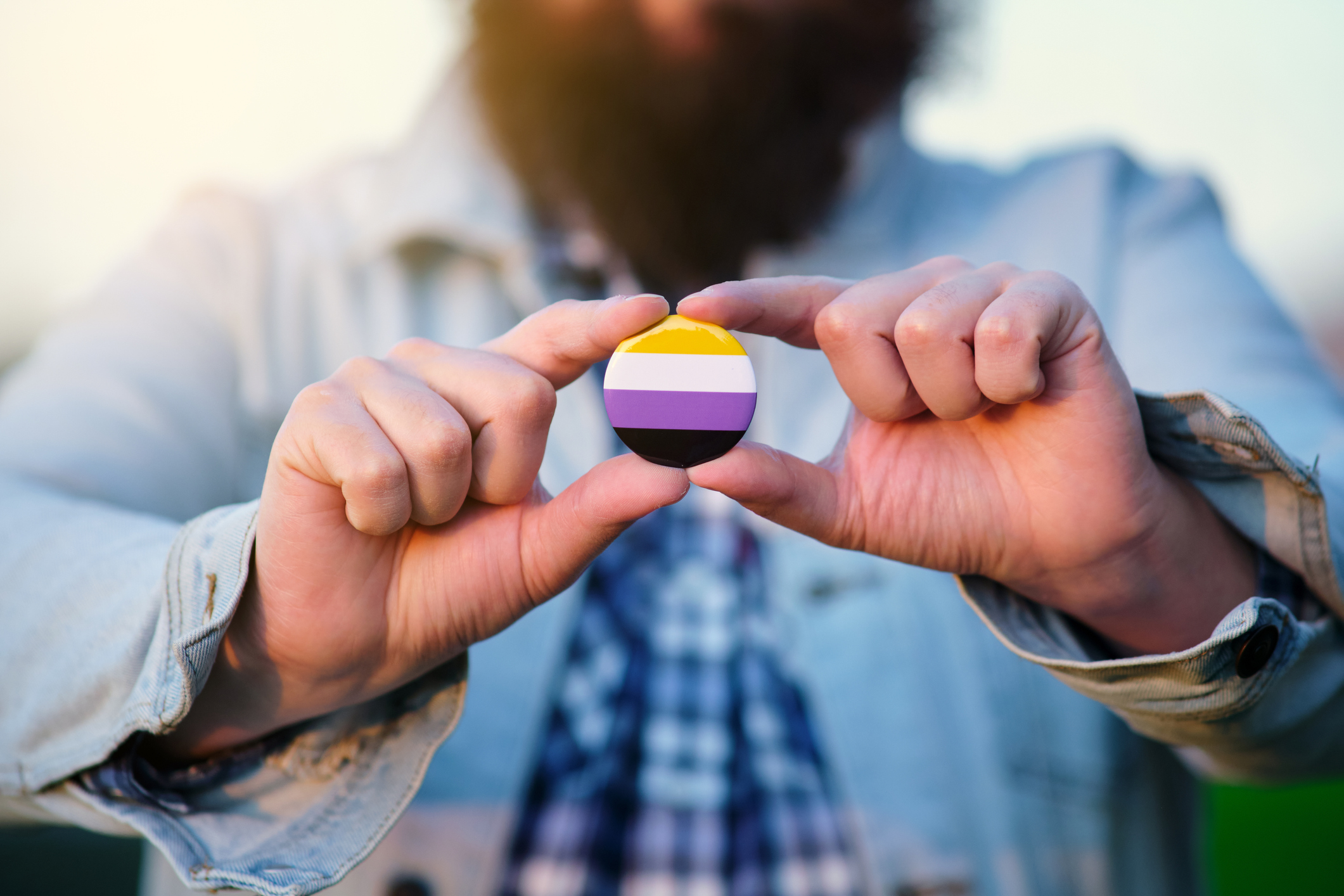What does LGBTQ+ mean? A helpful breakdown of identity terms
You probably know LGBT but what does LGBTQ+ mean? What is intersex, asexual, or pansexual? Our handy guide breaks it down


Queer folks have always existed, but the ways in which they identify and express themselves have changed over the decades. If you've been confused about "What does LGBTQ+ mean?"—especially when it comes to that seemingly ever-expanding "plus" section of the abbreviation—we're here to help.
Our handy guide detailing common identity terms of the queer community will have you prepped and ready for those big Pride Month 2022 parades, not to mention will help to illuminate the meaning behind the funniest Pride Month memes, the best Pride Month quotes, and storylines and characters on your favorite LGBT TV shows.
From sexual identities like pansexuality to gender expressions like non-binary, consider this your base-level LGBTQ+ vocab lesson. (And if you're curious about what all of those colors mean on the rainbow Pride flag, study up on these facts about Pride Month.)
What does LGBTQ+ mean?
Most simply, the "LGBTQ+" abbreviation stands for "lesbian, gay, bisexual, transgender, queer or questioning, plus." But before we get into the nuances of that plus sign, let's take it back to the late 1960s, when activists reclaimed the slur "gay" to describe same-sex love between men.
Per National Geographic, by the 1980s, the word "gay" was being used as an umbrella term "both to refer to men who love men and anyone who expressed same-gender preference or gender divergence." That changed in the '90s, when cultural and activist bonds between the lesbian, gay, bisexual and transgender communities led to a more mainstream adoption of the "LGBT" initialism.
What does the Q stand for in LGBTQ?
The "Q" initial—meant to signify "queer" (a catch-all to represent anyone who’s non-cisgender and non-heterosexual) or "questioning" (people who are still exploring their sexuality or gender identity)—was added later, but not without controversy.
Per NPR, there was some push-back to the reclamation of the word "queer," with NLGJA: The Association of LGBTQ Journalists writing in its 2019 style guide: "Originally a pejorative term for gay, now being reclaimed by some gay, lesbian, bisexual and transgender people as a self-affirming umbrella term...queer is still offensive as an epithet to many." The use of the "queer" signifier seems to be a generational divide: a whopping 15% of Gen Zers identify as queer or trans, according to a 2021 Gallup poll.

What does the + mean in LGBTQ+?
And now for that plus sign: the inclusive symbol gives space for all other sexual and gender identities and expressions not covered in the abbreviation.
What does LGBTQIA mean?
Often, you will also see "LGBTQIA+" in queer coverage. The "I" stands for "intersex" and the "A" for "asexual," to include and raise awareness for those respective communities.
The term "intersex" is used to describe a wide range of natural body variations—including chromosome composition, external genitalia, internal sex organs and hormone response, just to name a few—that do not neatly fit into the conventional binary definitions of male or female.
According to the Asexuality Visibility & Education Network, an "asexual" individual "is a person who does not experience sexual attraction—they are not drawn to people sexually and do not desire to act upon attraction to others in a sexual way."
This is not the same as celibacy, which is "a choice to abstain from sexual activity," the network explains. Instead, "many asexual people may experience forms of attraction that can be romantic, aesthetic, or sensual in nature but do not lead to a need to act out on that attraction sexually."

What does non-binary mean?
With celebrities like Janelle Monáe, Sam Smith and Demi Lovato recently coming out, you've likely been wondering, "what does non-binary mean?"
The term "non-binary" describes people whose gender identity does not fit within the margins of the gender binary, the societal belief that there are only two genders, namely man and woman. Non-binary people may choose to use non-binary or gender-neutral pronouns for themselves, such as "they/them or "ze/zim."
The non-binary community is a vast one, with those who identify as "gender-fluid" (a person whose gender identity isn't a fixed entity), "agender" (a person who doesn't identify with any gender), "bigender" (a person who has two gender identities or a combination of gender identities) and more happily welcomed under the non-binary umbrella.
What does pansexual mean?
There's a lot of overlap between usages of the terms "bisexuality"—commonly referring to attraction to more than one gender—and "pansexuality," which generally describes people attracted to individuals from any gender or regardless of gender. ("Pan" is derived from the Greek prefix meaning "all.")
According to The Trevor Project, though "some people may use the words bisexual and pansexual interchangeably...it’s important to ask what words a person would like to use to describe themselves, rather than assuming or defining for other people. There is no 'better' identity term, there is only the best identity term for you."
Christina Izzo is the Deputy Editor of My Imperfect Life.
More generally, she is a writer-editor covering food and drink, travel, lifestyle and culture in New York City. She was previously the Features Editor at Rachael Ray In Season and Reveal, as well as the Food & Drink Editor and chief restaurant critic at Time Out New York.
When she’s not doing all that, she can probably be found eating cheese somewhere.